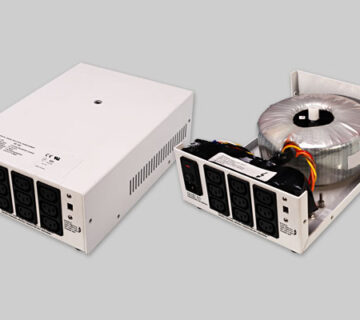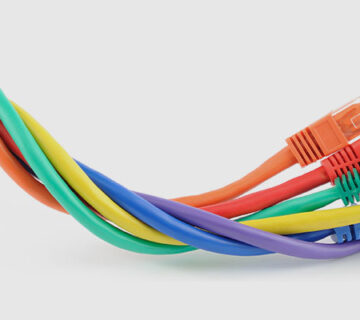PCB serves a huge role in almost every electronic device; and who doesn’t know how many electronic devices we use today! This makes the demand for PCBs extremely high. But, every electronic device and every application requires a different kind of PCB with different functionalities and complexities. So, “one size fits all” doesn’t work here. And, with every new PCB, a new sample is made. While you can start a complete production for your PCB line just as soon as the design is created, it is always advisable to first create a prototype, which can prove to be a verification to identify any errors and eliminate them before the entire production line is running. You can imagine how expensive and time-wrecking it can be if you don’t consider creating a prototype, and jump onto the production line, only to find out that the entire line of production has created faulty PCBs!
But, even while creating a prototype, there are certain things that need to be considered and kept in mind, some of the most essential things mentioned below. You need to build a PCB prototype depending upon what your production goals are. For example, PCBs that need not be mass produced can virtually be hand-built, requiring no such stringent design requirements. But, those PCBs that require high volume production runs need to have PCB prototypes designed with the following Design For Manufacturability (DFM) and Design For Test (DFT) considerations.
Placement of components
How and where a particular component is placed on a PCB can affect the functionality of the board, also causing problems during the soldering process. For example, larger parts that precede smaller parts through wave soldering can cause shadowing of smaller parts directly behind them, leading to unsoldered connections.
Spacing between components
The spacing between every two components on a PCB can affect automated pick-and-place machines. Minimum spacing tolerances are required for optimum performance. But, at the same time, minimal spacing can also cause problems during soldering, making manual rework more difficult. So, you need to consider all the pros and cons before deciding.
Spacing between components and edges
The components that are placed too close to the edge of the PCB can affect how the board is handled during assembly. The components may conflict with automated assembly line machineries or vacuum drawdown test fixtures.
Allowances for circuitry
Making allowances for any circuitry that is uncertain is essential. This can include adding alternative part footprints and connectors for off-board connections so that the prototype does not need to be respun to add additional circuitry later.
Testing points
A PCB requires a full complement of in-circuit testing points for automated testing. They can be added later, but doing so may adversely affect critical placement and routing. Thus, doing all of that beforehand can save on time and hassles.
These are just few considerations that can make or break a successful production run of a PCB. A trusted manufacturer can give you more complete information on such considerations. So, work with one such manufacturer, and have the best PCBs made, with every consideration in mind. The most important thing is to be accurate in your design, and plan ahead for all the phases of production for your PCBs. You must have a thorough understanding of all the design constraints that are applicable to your design for it to go through production. Your prototype may not require such complete precision to test its functional concepts, but to eventually transition into mass production, it is important to incorporate all of the above DFM and DFT requirements and more, right from the beginning. The worst thing can be when you are all set to transition into full production, and then you’re forced to redesign your board to incorporate missing DFM and DFT requirements. Thus, partnering with a trusted and experienced PCB assembly manufacturer in India like Miracle Electronics is important to have a precise design made considering all the required essentials, and have a prototype successfully made, before running into the production line.




